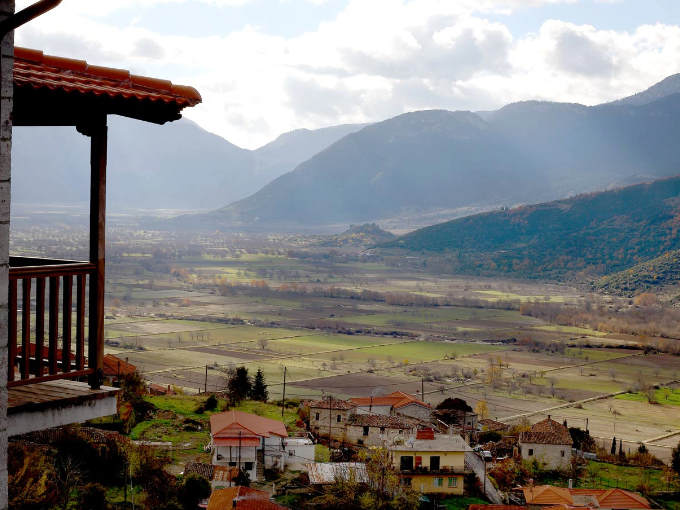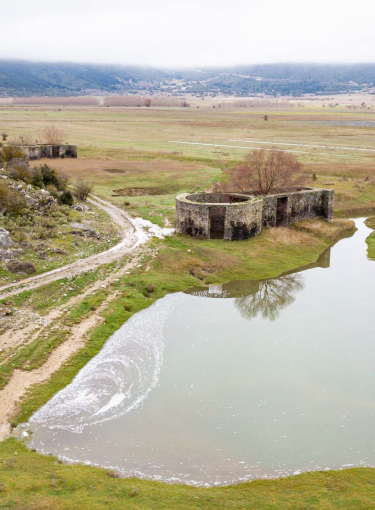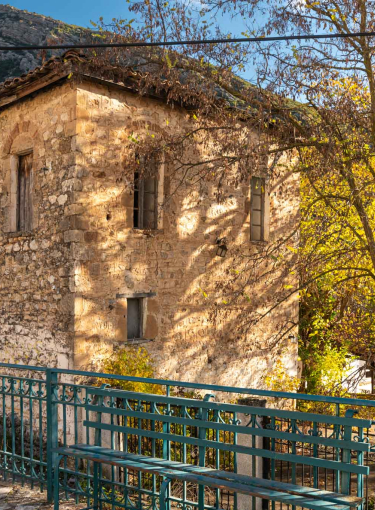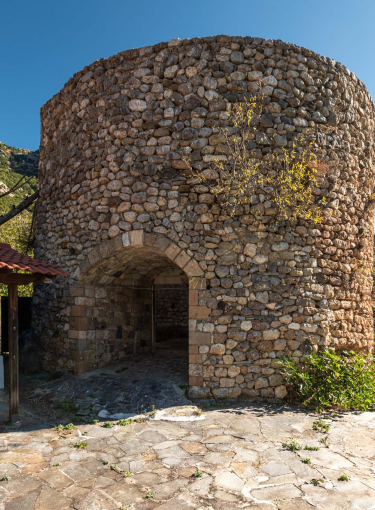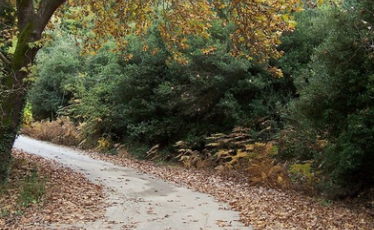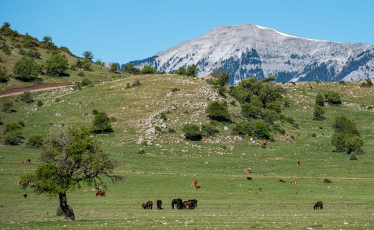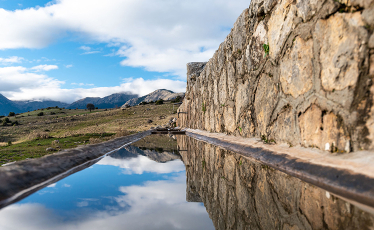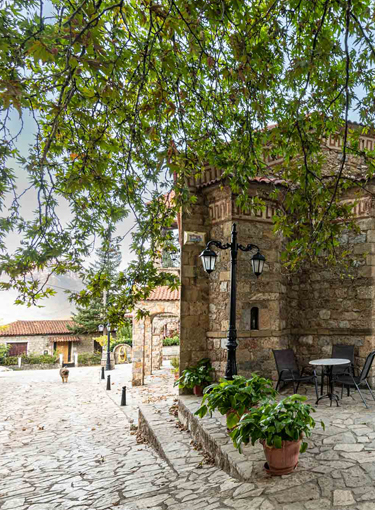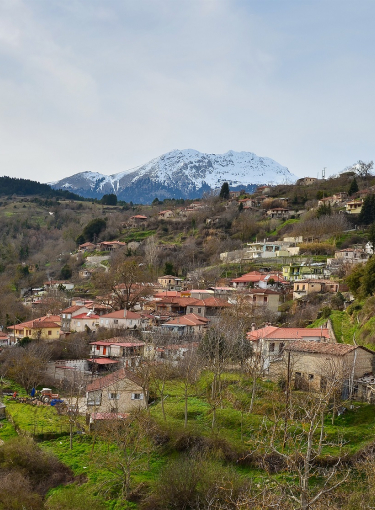Kiato is located 22 kilometers west of Corinth and is the seat of the Municipality of Sikyonion and the second urban center of the Prefecture. It concentrates the commercial and administrative functions of Western Corinthia, with its port having played a significant role in the development of the area, as it was a hub for the export of the Prefecture’s citrus products to Eastern countries. It consists of the main town and three settlements: Neapoli (to the west), Traganas (to the south), and Agios Ioannis (to the east).
The port of Kiato is commercial in nature and mainly serves the export of agricultural products and the import of raw materials for the workshops of the wider area. The connection of the Municipality with Athens via the suburban railway, the completion of the major highway axis PATHE (Athens-Patras), combined with the national road Kalamata-Tripoli-Corinth, may change the development model and bring alterations in land use (increase of primary residences, supplementary transport infrastructure).
Significant attractions of the area:
The Mougostou Aesthetic Forest, which hosts a wide variety of flora and fauna species. The total area of the forest is 7,185 stremmas (718.5 hectares). It was declared aesthetic by Presidential Decree 551977 published in Government Gazette 175, issue D’, 26/1977. It is located southwest of the village Souli in the Prefecture of Corinthia. It belongs to the Municipalities of Sikyonion, Xylokastro, and Stymfalia. It is a natural climax oak forest, meaning a forest with oaks that grew naturally, following natural evolution, i.e., ecological succession. It develops on a slightly sloping terrain with an incline of 3% to 20%, facing east, at the foothills of Mount Kyllini (Ziria). It belongs to the Mediterranean vegetation zone. The main trees found there are the broadleaf oak (Quercus), Aleppo pine, black pine in isolated individuals, Cephalonian fir, kermes oak, Phillyrea, juniper, Cotoneaster, and characteristic strawberry trees and glaucous strawberry trees. In August 1998, the first and only prototype meteorological mast station in Greece, 32 meters tall, was installed in the forest as part of the MEDEFLU (Mediterranean Fluxes) research program. It operates under the responsibility of the Agricultural University of Athens.
The Holy Monastery of the Dormition of the Theotokos in Lechova is built on the eastern side of Mount Titan or Veseza (1207 m) at an altitude of 1050 m, in mountainous Corinthia. From Kiato, following the road towards the interior of the prefecture, one passes through the village Souli, turns left heading towards Nemea, and reaches the village Kryoneri. Just outside Kryoneri, there is a fork leading to the monastery (4 kilometers) through a beautiful route full of plane trees. Following the gorge on the right bank of the Elissona stream, the paved road quickly brings you to the mountain pass, from where the monastery appears in the distance within the fir forest.
The Ancient Theater of Sikyon. The ancient theater of Sikyon is considered one of the largest theaters of ancient Greece. All ancient Greek theaters were built in the same way and with the same architectural design. From Kiato, following the road inland, one passes through Sikyon. The ancient theater is located a bit further down on the hill of Vasiliko (approximately 4 kilometers southeast of Kiato), which is a village after Sikyon.
The Kryoneri Observatory. The Kryoneri Astronomical Station was established in 1972. It is located in Corinthia, near the village of Kryoneri. At the Kryoneri Station, the 1.2m telescope of the National Observatory of Athens is installed, equipped primarily with a CCD camera. There is also a special unit for aluminizing the mirrors of the telescope. The station houses a mechanical and an electronic workshop. Every August, the National Observatory organizes “Open Days” at the Kryoneri Station, during which organized visits are held for the public, schools, etc. For information about observation times with the 1.2m telescope, you can contact the Station’s responsible, Dr. A. Dapergolas.

